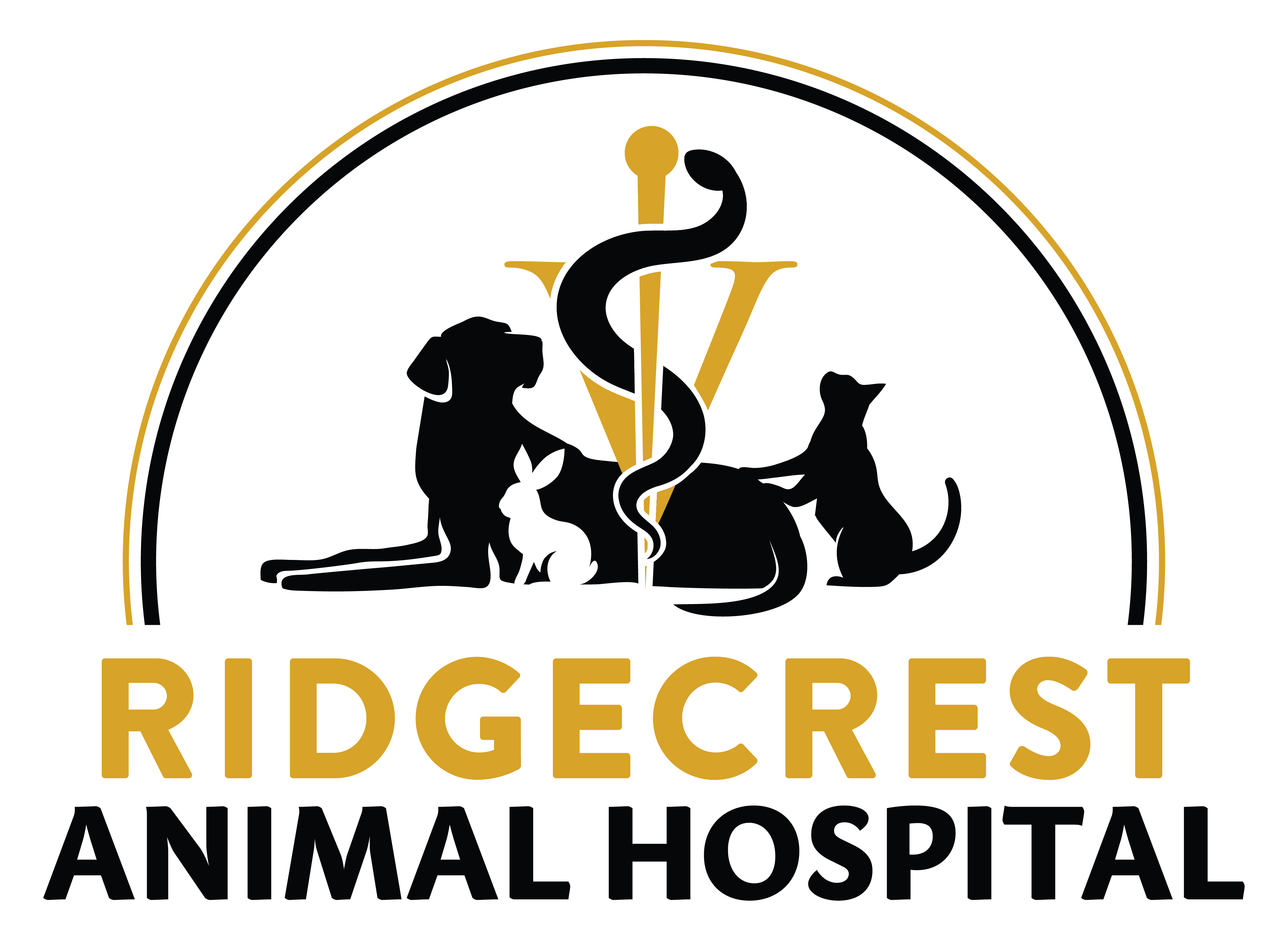Library
-
Ferrets are commonly affected by ear mite infestations. Many ferrets show no symptoms of infestation but you may notice your ferret shaking her head or scratching herself. Treatment for ear mites must be done under the guidance of a veterinarian familiar with ferrets.
-
Despite common belief, an average cat experiences only minor skin irritation in response to flea bites. Even in the presence of dozens of fleas, there will typically be minimal itching. On the other hand, a cat with flea allergies will have a severe reaction to even a single flea bite. Affected cats experience intense itching and will chew, lick, or scratch the affected site(s) nonstop, causing hair loss and possibly open sores or scabs on the skin, allowing a secondary bacterial infection to develop. Strict flea control is the foundation of successful treatment. There are many highly effective flea control products for treating the cat and controlling fleas in the environment.
-
Flea allergy dermatitis is a common cause of allergic reactions in dogs. The antigens in flea saliva cause an intensely itchy response in sensitive dogs. Itching and hair loss in the region from the middle of the back to the tail base and down the rear legs (the flea triangle) is often associated with this allergy. Strict flea control is essential for treatment and prevention.
-
Fleas are the most common nuisance and parasite affecting cats, and an infestation can lead to serious health problems. Flea control requires a three-pronged approach; they need to be eliminated from 1) your cat, 2) any other cats and dogs that you have, 3) your home and yard. There are many flea control products available and your veterinarian can help you determine which are safest and most effective for your pets.
-
Fleas are the most common nuisance and parasite affecting dogs, and an infestation can lead to serious health problems. Flea control requires a three-pronged approach; they need to be eliminated from 1) your dog, 2) any other cats and dogs that you have, 3) your home and yard. There are many flea control products available and your veterinarian can help you determine which are the safest and most effective for your pets.
-
Flea infestation is a common problem in pet ferrets, especially in ferrets that go outdoors or live in a house with dogs, cats, or other animals who have fleas. Affected ferrets may or may not be itchy, depending on their sensitivity to flea bites. Signs and treatment of fleas are discussed.
-
Fleas are less common in hedgehogs than in cats or dogs, but a similar treatment protocol is required to control an infestation. This handout describes the clinical signs of fleas in hedgehogs and what to do if your hedgehog is affected.
-
Rabbits can become infested with fleas, especially if they go outside or live in a house with other pets that have fleas. Rabbits with fleas may show no signs or may bite, lick, or scratch themselves. Young rabbits with heavy infestations may become anemic. There are no rabbit-specific drugs for managing fleas. Certain topical anti-parasite medications appear to be safe but should only be used under the guidance of a veterinarian familiar with rabbits.
-
Fluralaner is given by mouth or applied topically and is used to treat flea and tick infestations, and also off-label to treat certain types of mange and mites. Give as directed. Side effects are uncommon but may include stomach upset or neurologic symptoms. Do not use in pets with a history of seizures. If a negative reaction occurs, please call the veterinary office.
-
Giardiasis is an intestinal infection caused by a microscopic protozoan. The parasites attach themselves to the intestinal wall and the damage causes an acute, sudden onset of foul-smelling diarrhea. Diagnosis may be by routine fecal flotation or presumptively based on clinical signs. Fenbendazole and metronidazole are the drugs most commonly used to kill Giardia. Giardiasis is the most common intestinal parasitic infection of man and can potentially be passed from cats to humans.

